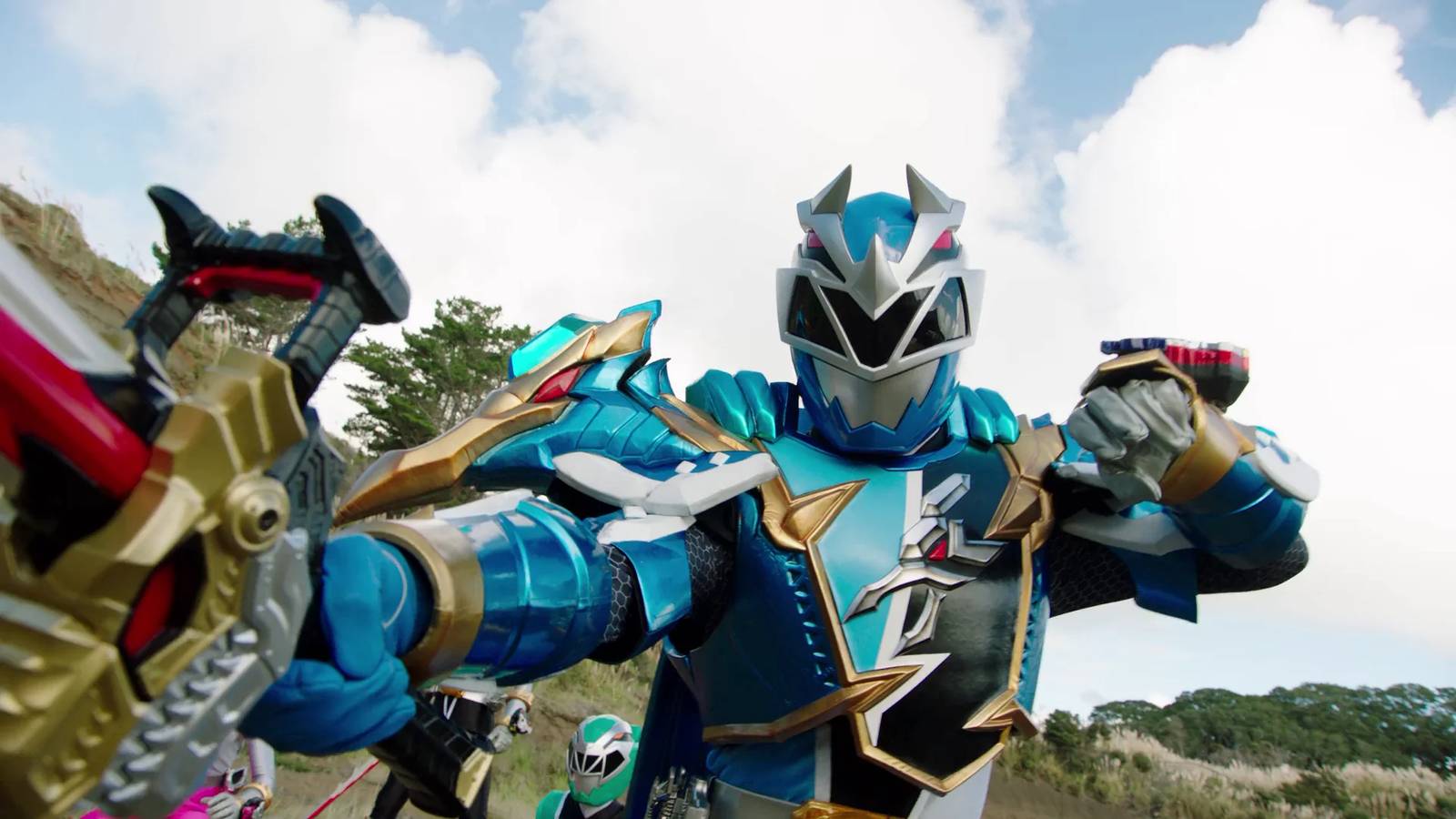Over 30 years since it first morphed onto TV screens, Power Rangers is about to face its biggest transformation yet. The show that’s reinvented itself time and again is preparing for an era-defining shift, one that will fundamentally change the DNA of the franchise forever. For the first time, the Rangers are going it alone.
Few series have reinvented themselves as frequently or fearlessly as Power Rangers. Each new generation brings a fresh team, new Zords, and a new flavor of the same timeless formula that’s powered the show since the ‘90s. Across its many incarnations, over two dozen seasons and counting, the franchise has constantly evolved. However, the next step will be the boldest yet.
Since the beginning, Power Rangers has relied on Japan’s Super Sentai for its backbone, mixing new Western-shot scenes with imported action footage. That creative fusion has defined the show’s style, energy, and charm. With Super Sentai ending and Toei stepping back, that 30-year-plus partnership has officially come to a close. The question now is whether Power Rangers can survive this monumental change.
Power Rangers And Super Sentai’s TV Collaboration Has Come To An End
The Partnership That Built Power Rangers Is Over, And A New Era Is About To Begin
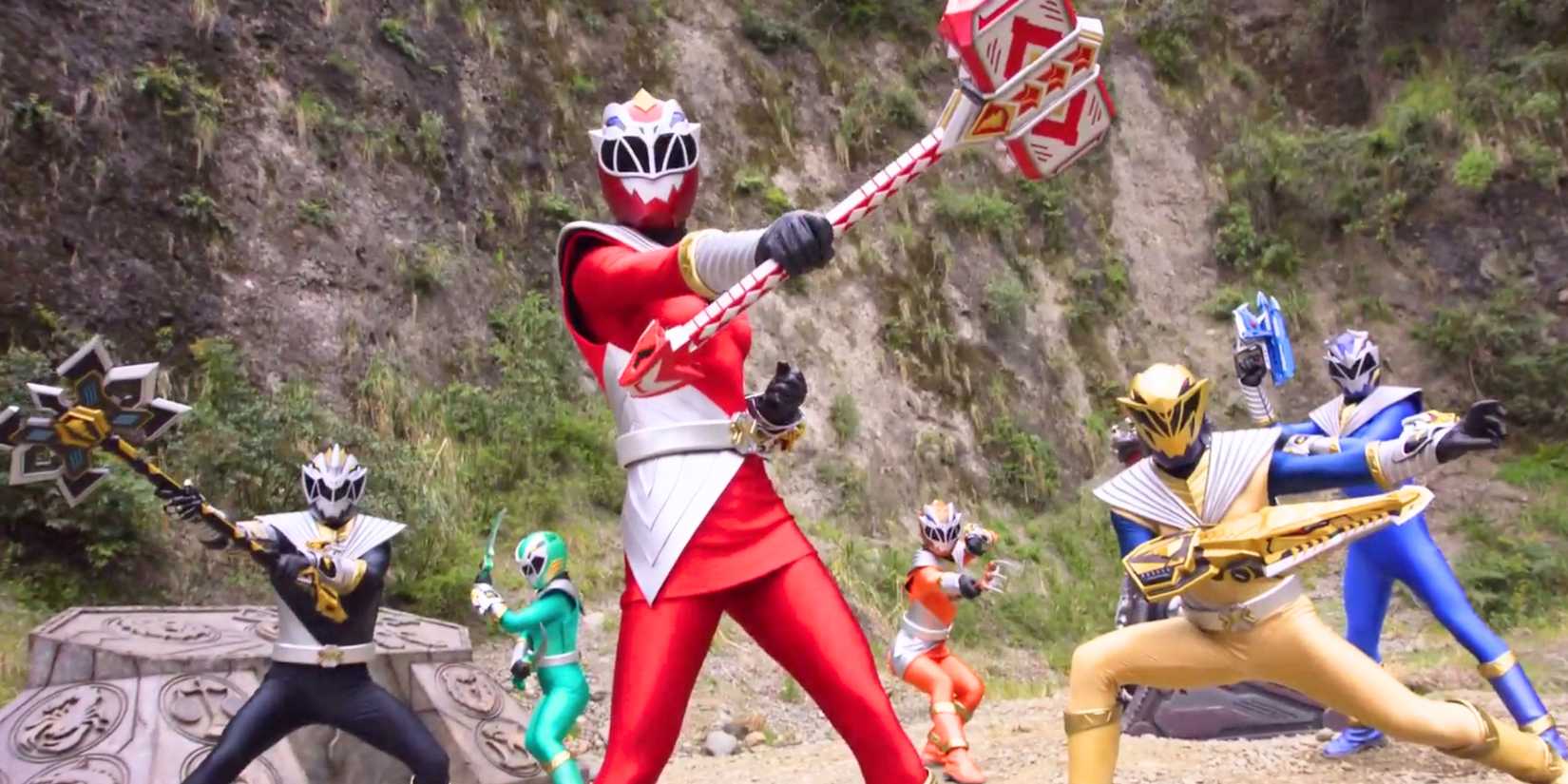
Since Mighty Morphin debuted in 1993, the foundation of Power Rangers has always been Super Sentai. Each season of Power Rangers reworked footage from Toei’s long-running Japanese franchise, using its fight scenes, monster designs, and costumes, while filming original storylines with American actors. This clever hybrid made Power Rangers both fresh and cost-effective.
However, after more than three decades, that partnership has reached its end. With Super Sentai itself coming to a close in Japan, Power Rangers is now preparing for a full-scale reboot under Hasbro and Disney+. Toei, the Japanese company behind Super Sentai, will not be involved in this new version, marking a clean creative break between the two legendary franchises.
The decision represents more than just a production shift. It’s the end of a cultural collaboration that shaped global pop culture. Super Sentai provided Power Rangers with its thrilling fight choreography, inventive monster suits, and a visual style that became instantly iconic. For fans, the Sentai connection wasn’t just background, it was the franchise’s lifeblood.
The upcoming Disney+ reboot promises a fully original Power Rangers universe, with Hasbro developing its own stories, designs, and continuity from scratch. It’s a massive gamble: while it allows for total creative freedom, it also means the show loses its biggest artistic and logistical asset. The Power Rangers-Super Sentai partnership built one of TV’s longest-running franchises. Now, that era has finally morphed into something entirely new.
Power Rangers Has Had Mixed Results When Moving Away From Sentai
Power Rangers’ Past Attempts At Independence Have Been A Mixed Bag
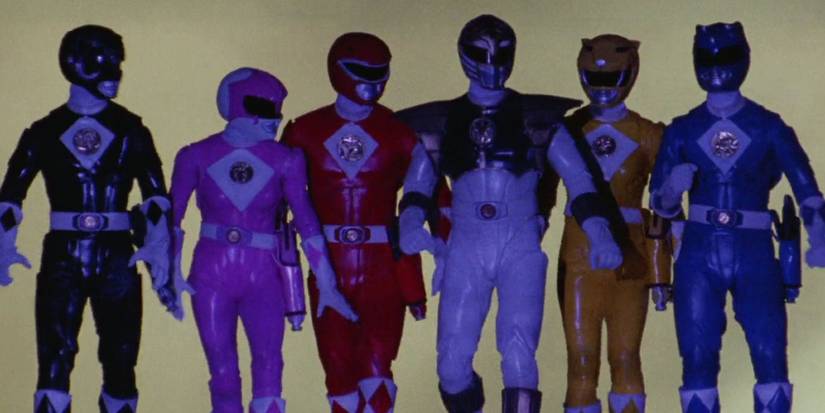
This isn’t the first time Power Rangers has tried to stand on its own. 2023’s Power Rangers Cosmic Fury marked a significant step away from traditional Super Sentai footage. While earlier seasons relied heavily on Japanese action scenes, Cosmic Fury created nearly all of its own, with original suits and storylines. The result was ambitious, but divisive among fans.
Similarly, the Netflix anniversary special Mighty Morphin Power Rangers: Once and Always embraced nostalgia without any Super Sentai material at all. Featuring returning cast members like David Yost as Billy and Walter Emanuel Jones as Zack, it told a heartfelt story that proved Power Rangers could function without Japanese footage, especially when grounded in character-driven emotion.
However, when the franchise has moved too far from its roots, results have been less successful. The 2017 Power Rangers movie, while visually impressive, failed to capture the spirit that made the original series special. It leaned into gritty realism over colorful heroics, losing some of the fun and bombasticity that defined the brand.
There’s also the 1995 Mighty Morphin Power Rangers movie and season 3 of Mighty Morphin to consider. While the movie’s relationship to the show’s canon is loose, the ninja Ranger suits from the film carried over into the show. The movie didn’t rely on Super Sentai at all, but when the ninja suits appeared on Mighty Morphin, many action sequences were shot exclusively for Power Rangers.
The results weren’t always at the standard of Super Sentai, but they were far from terrible. In short, Power Rangers can exist without Super Sentai, but thriving without it is another story. The franchise has shown flashes of creative strength when charting its own course, yet it’s struggled to replicate the same dynamic energy and visual flair that Sentai provided so effortlessly.
Power Rangers Needs More Freedom To Start A New Universe
Breaking Free From Super Sentai Could Give Power Rangers The Creative Reset It Needs

The Mighty Morphin Power Rangers holding their morphers
There’s a strong argument that the Power Rangers reboot on Disney+ represents the perfect opportunity for a clean slate. Without the constraints of adapting Super Sentai footage, Hasbro has the freedom to reimagine the universe from the ground up – new lore, new characters, and an interconnected story that can evolve beyond the traditional “monster of the week” structure.
The Power Rangers comics from Boom! Studios already proved how powerful that creative freedom can be. Series like Shattered Grid and Beyond the Grid expanded the mythos in bold, cinematic ways, something the TV series has rarely been able to do. That storytelling ambition could now carry over to television, building a shared Power Rangers universe more in line with modern audience expectations.
Without Sentai, Hasbro and Disney+ can focus on deep world-building, serialized storytelling, and higher production values. This shift might alienate some longtime fans, but it’s also a chance to finally break free from creative repetition. Power Rangers has spent decades reinventing itself within tight limits; now, it can reinvent itself without any.
If done right, a new Power Rangers universe could honor the past while forging something truly new. It could start an era in which the Rangers’ legacy is built not on imported footage, but on its own unique vision.
Power Rangers Doesn’t Work Without The Essence Of Super Sentai
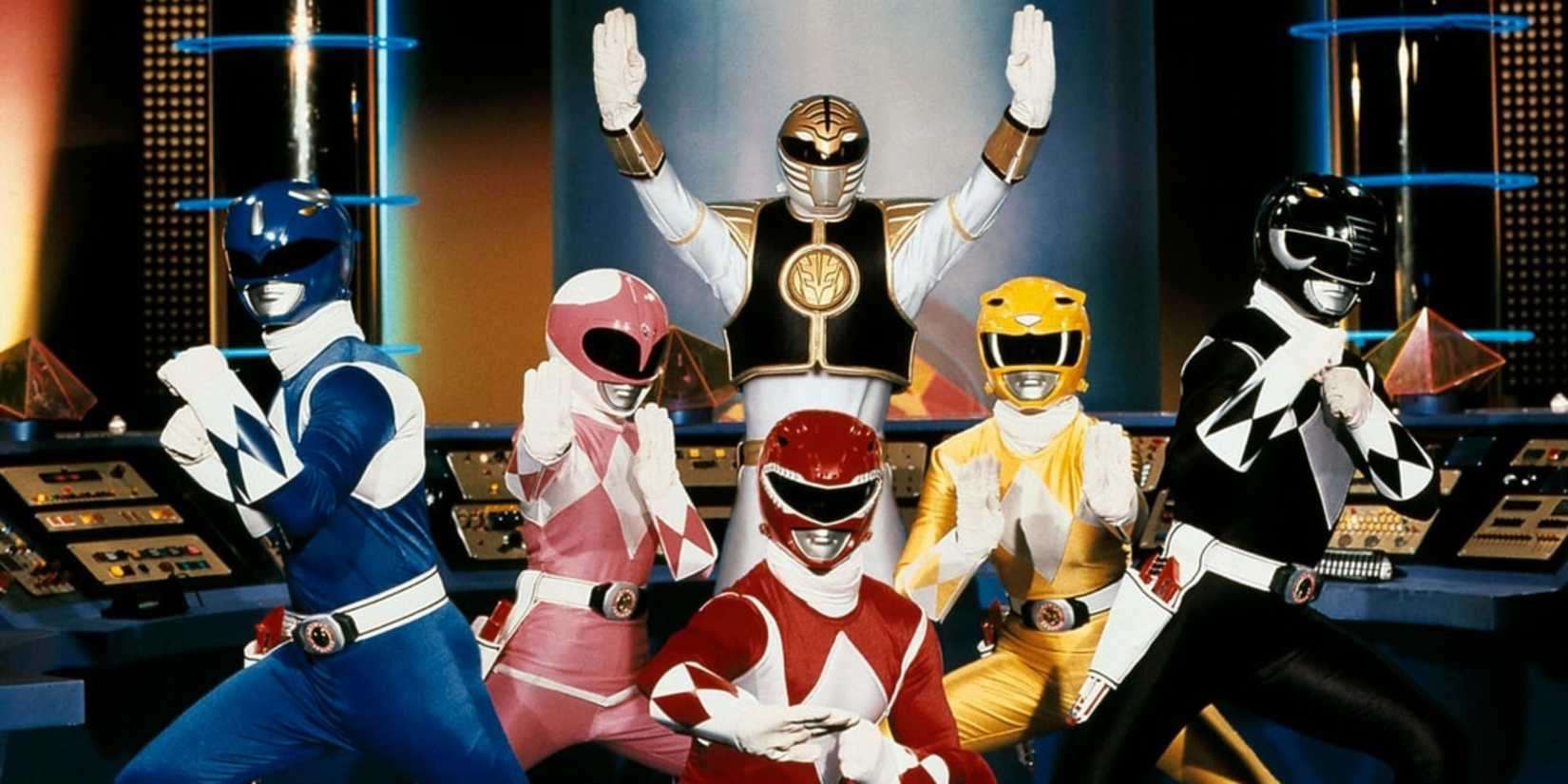
As exciting a prospect as a new era for the Power Rangers can be, the risk runs deeper than just losing Sentai’s visuals. Power Rangers wasn’t just inspired by Super Sentai, it was built on its philosophy. The Japanese series emphasized teamwork, optimism, and emotional sincerity, all wrapped in vibrant, high-energy action.
Power Rangers adapted that spirit for Western audiences, blending it with humor and teen drama. Without Toei’s involvement, there’s a risk that Power Rangers may lose some of that essence. The Super Sentai fight choreography and costume craftsmanship were consistently top-tier, bringing a tactile magic to every monster battle and Megazord clash.
Replicating that quality without Toei’s production pipeline will be a massive challenge. The reboot’s success depends on whether it can retain the heart and rhythm of Power Rangers while standing entirely on its own. If it leans too heavily into modern superhero realism, it could lose the very charm that made the series endure for 30 years.
However, if Hasbro and Disney capture the spirit of Sentai’s creativity and optimism, this could mark the start of a new golden age. Power Rangers has survived countless reinventions before, but none quite like this. The end of its partnership with Super Sentai might be the end of an era, or the start of something truly mighty.
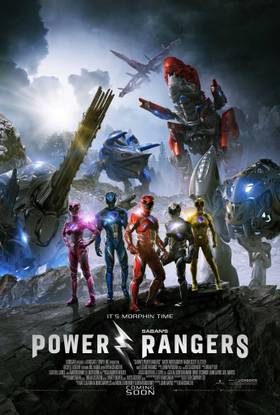
Created by
Haim Saban, Shuki Levy, Shotaro Ishinomori
First Film
Mighty Morphin Power Rangers: The Movie
First TV Show
Mighty Morphin’ Power Rangers
First Episode Air Date
August 28, 1993

